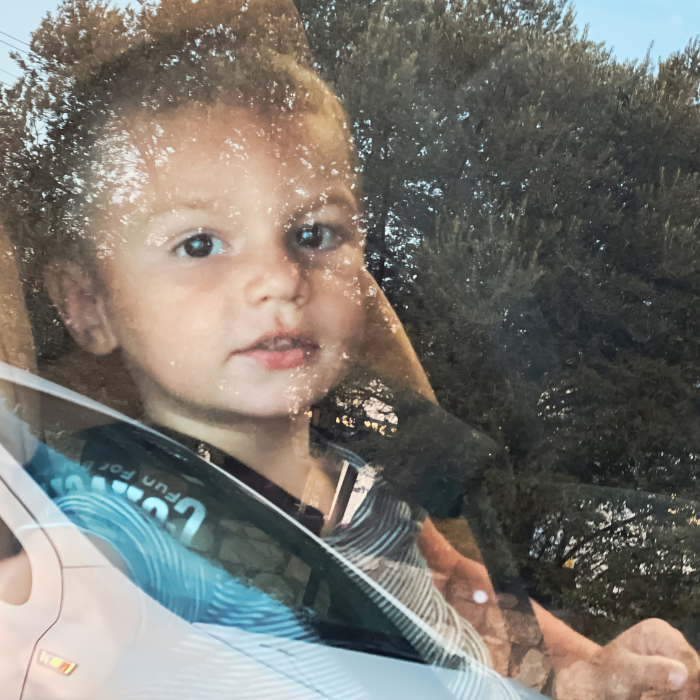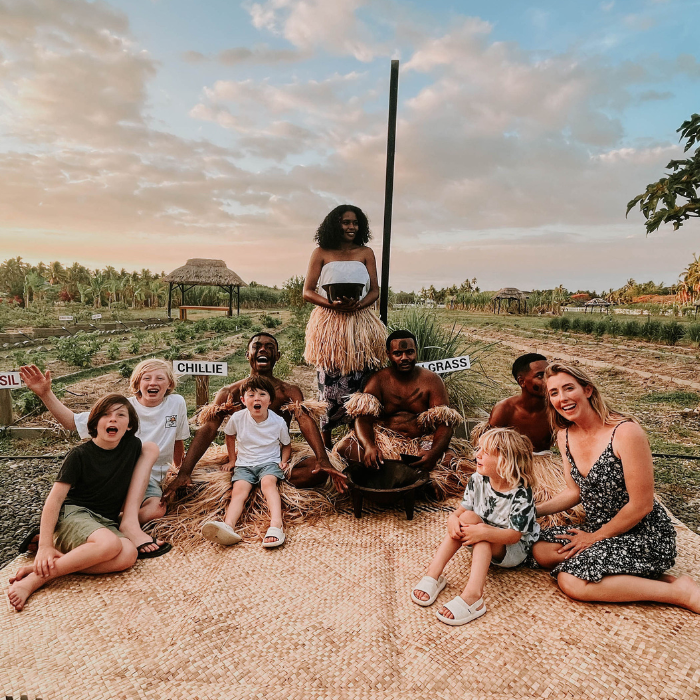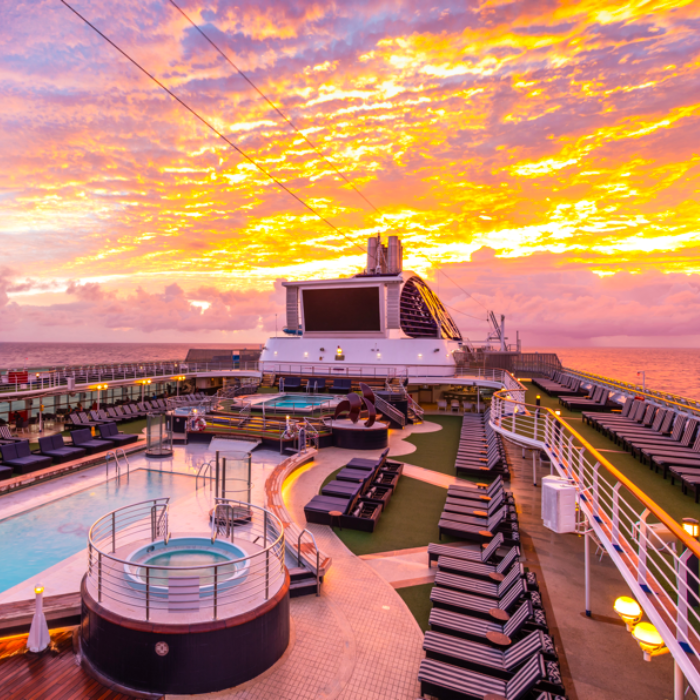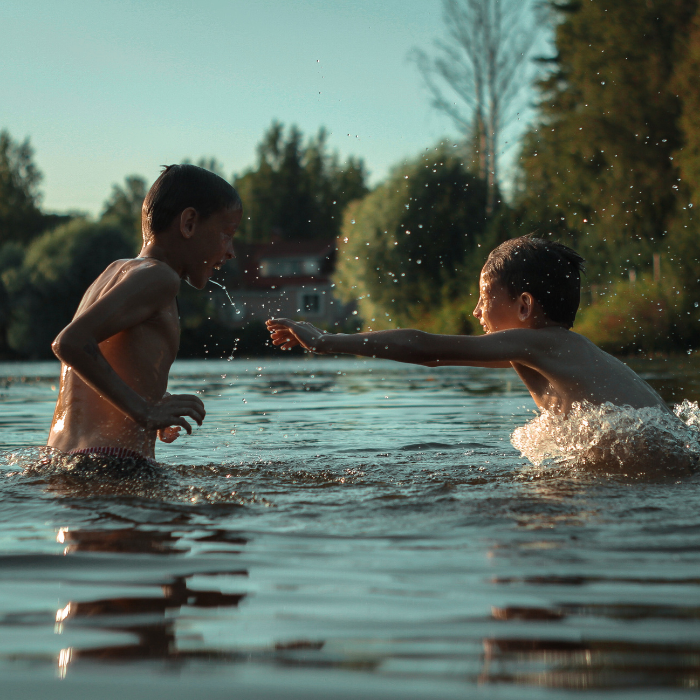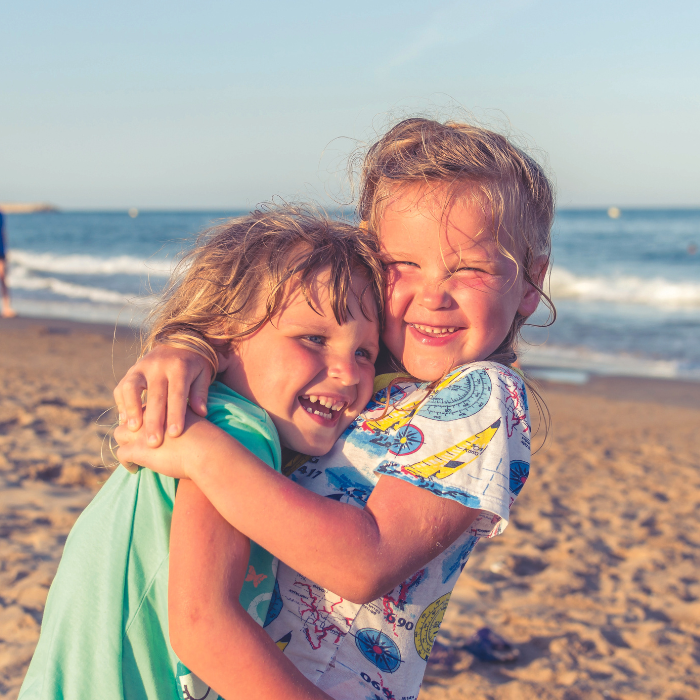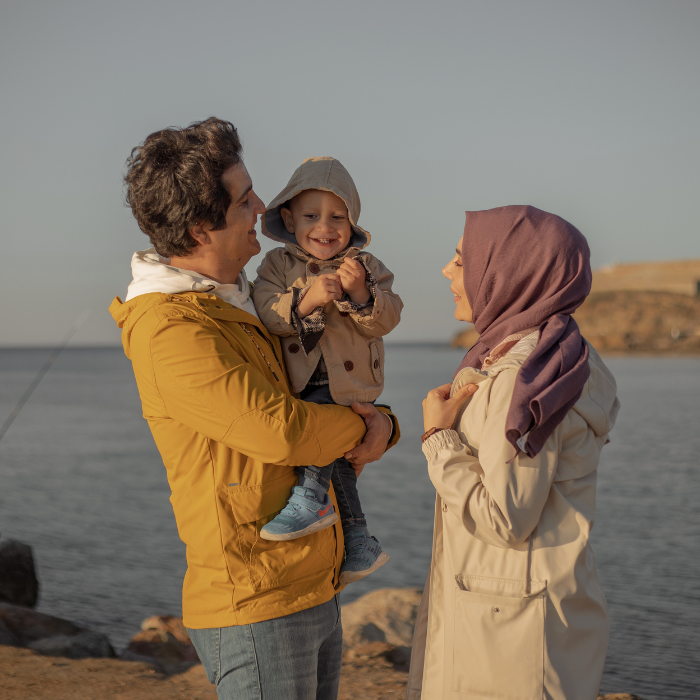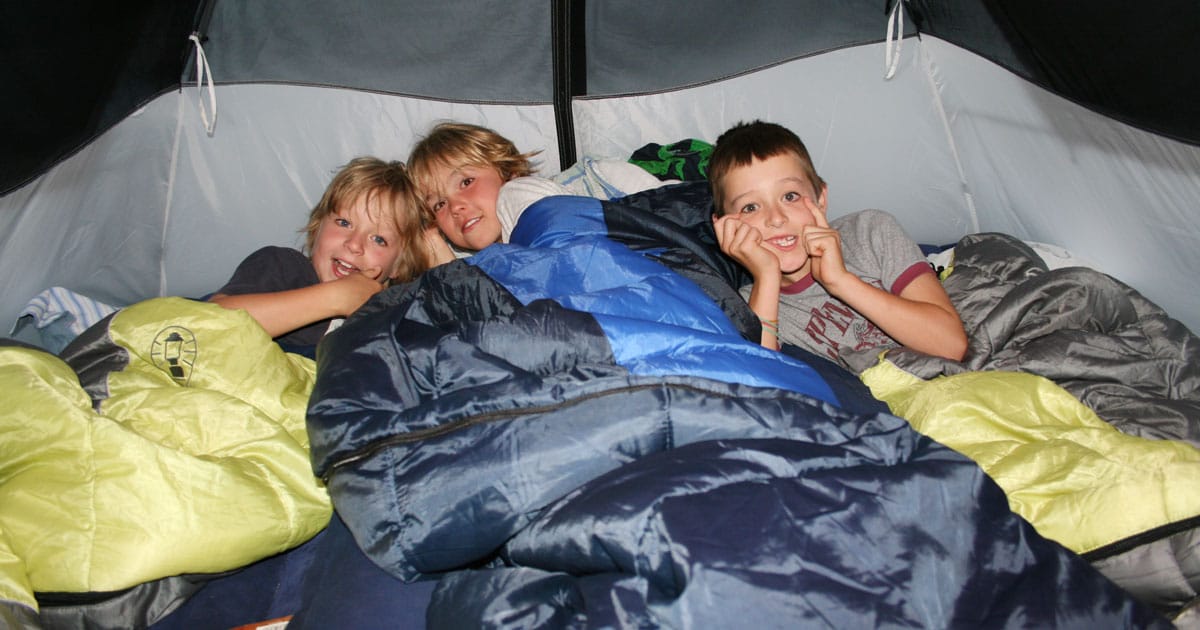
Camping really is the free and easy holiday families talk about. Of course, it’s not without effort, but mainly that’s the packing — both there and back. once you’re set up though, kids run free, laziness prevails and the day-to-day becomes very simple!
As a first-time tent camper, heading to a coastal farm with cold showers and longdrops, I was not sure if we were about to have fun or wish for the end to come sooner. We were invited by friends who have a single camping holiday each year, an annual ‘back to nature’ experience for their kids. Well, I wanted that for my kids too, particularly my boys who yearn for freedom amongst a busy schedule of afterschool activities and homework. So we ended up, four families, setting up camp on a beautiful coastal farm called Motutara in Whananaki.
I realise now that if you love gadgets, then camping is for you. There are some amazing accessories out there to make outdoor living a little easier. We had a five man tent (which, unfortunately, in reality turned out to be more of a three man tent!) and not much else, so we borrowed and shared. It seemed a little extravagant to buy up large when we weren’t sure if this would be a regular thing for us.
See my list here for the main essentials, non-essentials and things best left at home.
essentials
- Main tent
- Extra tent(s) for older kids
- Blow-up beds or camp stretchers
- Sleeping bags and pillows
- Table and chairs
- BBQ and/or hobbs and cooking vessels
- Eating vessels and cutlery
- Torches and/or lamps
- Tea towels, dishcloths and towels
- Lots of food and especially snack food (fruit, bars, baking, chips and crackers)
- Sunblock and sunhats for everyone
- First Aid kit – including insect repellent and itchy bite cream
non-essential (bit of glamp)
- Horse float (you may laugh, but it made the best weather proof kitchen setup ever, and a great way to transport camping stuff) or a trailer for waist-height cooking
- Stovetop espresso maker or coffee plunger, milk frother
- Colourful tablecloths for a festive feel
- Head lamps
- Music or musical instruments
- Bean bags (travelled in the horse float)
- Solar shower
- Clothesline/clothes air dryer
- A separate chillybin filled with ice for the drinks
- Sun shade or gazebo
- Bikes

Camping with other families
This seems to me the best way to go. I felt as if the kids were gone most of the day. They have friends to play with, never fight, and tend not to get naughty as their behaviour is on show. If you have a range of ages that’s great too because the older kids can keep an eye on things and the younger kids love having them around.
This meant plenty of down time for us. We read books, sat around and chewed the fat, and drank a lot of tea. When the kids returned from their adventures, we would all head off for beach cricket, long walks and surfing.
Food is where a bit of glamp came in. We were away for four nights, so each family took charge of one main meal which was definitely the way to go. Lamb tagine followed by meringues and melon, steak and mushrooms followed with chocolate and raspberry brownie, and farm lamb sausages with chocolate courgette cake all graced the menu. I must say, I’m amazed at what kids will eat camping that they won’t at home!
just bring one
With more than one family you can downsize your packing. Just bring one of the following:
- Frypan, large pot and small pot
- BBQ and gas hobs
- Buckets for washing dishes, dish brush, detergent
- Cooking implements
- Workstation area/extra table
- Dustpan and brush
- Can opener, cutting boards, bottle opener, scissors, sharp knife, matches

under-3s
Babies and toddlers require a little more forethought. Here are a few words of wisdom from parents in the know:
- Ditch the highchair and take a bumbo.
- A blow-up small padding pool is great to keep littlies occupied and cool when everyone is around the tent site (actively supervising at all times). Also easier for bathing, just pop some liquid soap in!
- A sun umbrella or gazebo is essential for shade.
- Take lots of blankets you can layer over your little one at night – it can get really quite cold in a tent, even in summertime.
- Portacots are the way to go – don’t forget a mozzie net to drape over the top.
- This is the occasion to take store-bought baby food.
- Take a potty – so much easier than traipsing your littlie to the camp toilets in the middle of the night.
- Choose your toys wisely. Leave the puzzles and Littlest Pet Shop toys that are easy to lose at home; bring blocks and tea party sets, cars and trains, plenty of books.
- Bring gumboots for dewy mornings (easy to take on and off).
- Waterproof-backed picnic rug for sitting/playing on.
- Big plastic container for storing toys/books in which can be easily brought outside for playtime and packed up again at the end of the day.
what the kids loved
- Less rules and lax table manners
- Relaxed parents
- Treasure hunts around the campsite
- Lots of swims but no showering required
- Other kids 24/7
- Switching tents each night so friends could bunk-up
- Snack food on demand
- Torches at night (spotlight is a great night-time game)
- Freedom to roam and all day play!

some fantastic campsites we’ve heard about:
- Whatuwhiwhi Holiday Park, Far North
- Kawhia Beachside S-Cape, near Hamilton
- Anaura Bay Motor Camp, East Coast
- Kaiteriteri Beach Motor Camp, Tasman Bay
- Oakura Beach Holiday Park, Taranaki
- Glendhu Bay Motor Camp, Lake Wanaka
- Curio Bay Holiday Park, Catlins Coast
- Okains Bay Motor Camp, Banks Peninsula
- Ruapuke Motor Camp, near Raglan
- Papa Aroha Holiday Park, Coromandel Peninsula
- Trounson Kauri Park, 40km north of Dargaville
- Tapotupotu Bay campsite, near Cape Reinga
By Aana Marinovich
More family travel from Tots to Teens:
What To Pack When Camping With Kids






